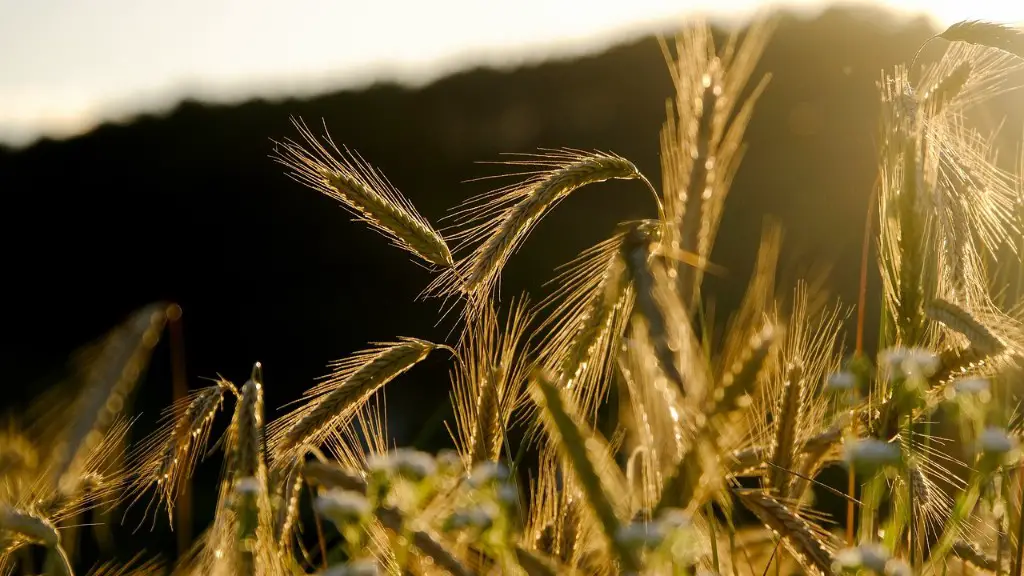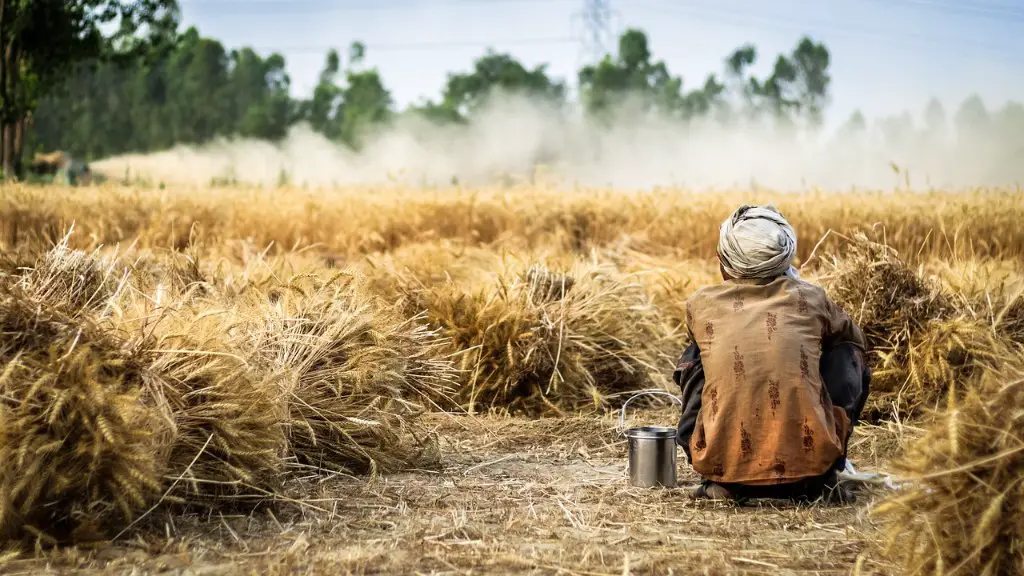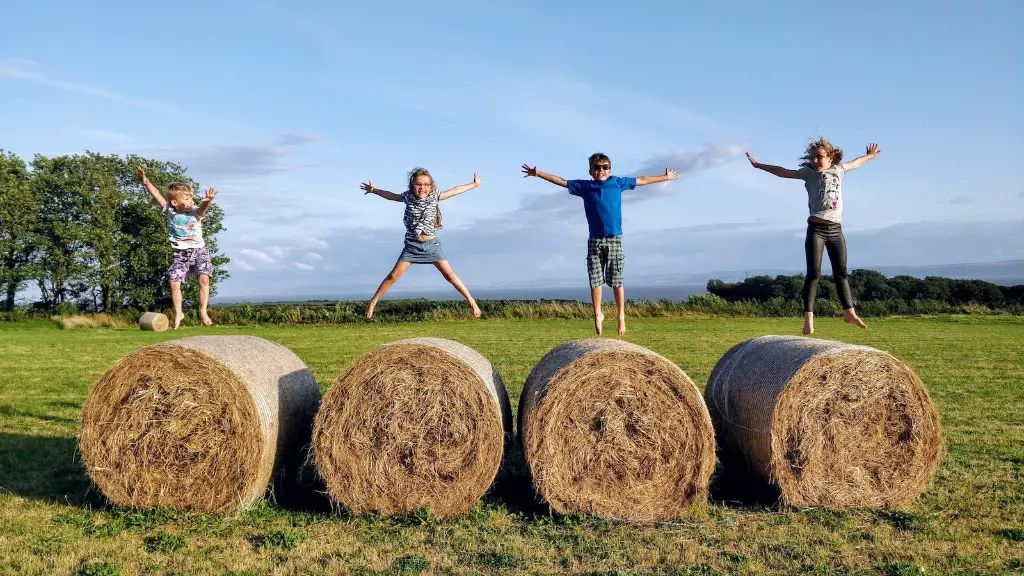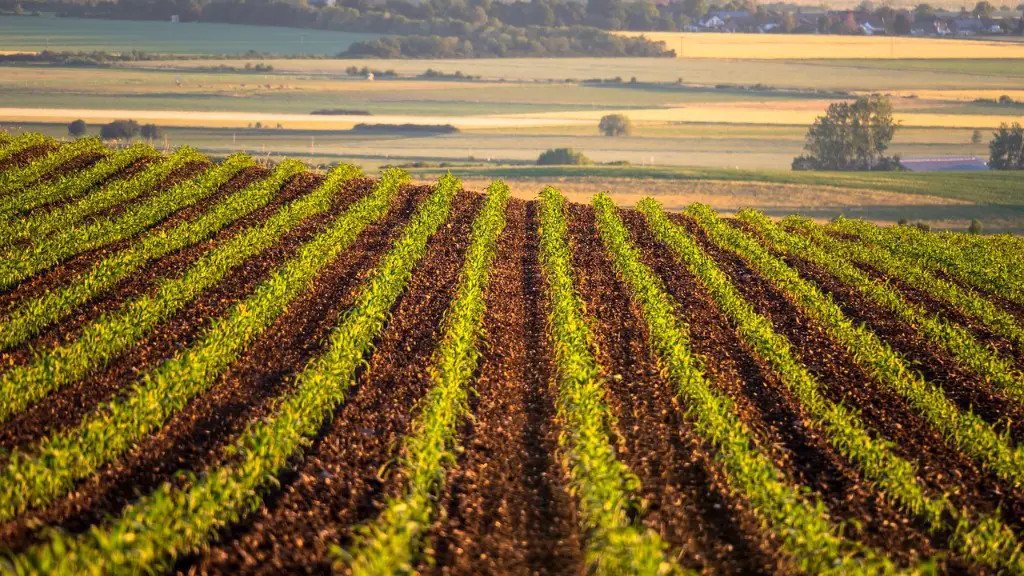Agriculture and farming are both involved in crop production, but the techniques and procedures vary. Agriculture is the practice of producing food or other crops through plowing, planting, and harvesting. Farming, on the other hand, refers to the systematic methods used to cultivate animals or crops. Though agriculture is primarily concerned with crop production, it also takes into account the use of fertilizers, pesticides, and other aids to enhance crop yields, such as preserving soil quality. Farming, however, is largely focused on the harvesting and utilization of animals and their products.
Cultivating crops, according to agricultural experts, involves careful planning, counting, and measuring. Farmers must understand the environment, soil, and seasonal conditions that affect their crops. When considering the time frame and size of the plots, farmers must calculate and assess the costs associated with labor, equipment, seed, and fertilizer. Conversely, those involved in farming must develop the proper infrastructure, such as barns, housing, and fencing, to properly house and care for the animals. The food and products produced by the animals must then be collected, stored, and sold.
Agriculture and farming, however, overlap in one important area: sustainability. Both are necessary for the success of the other. Sustainable agriculture involves leveraging natural resources and biological systems for increased production, such as composting, cover crops, and proper crop rotations. Farming likewise requires regular maintenance and improvements, such as the introduction of new technologies, improved feed mixes, proper animal husbandry, and the need to keep a close eye on the health of the livestock.
Developing sustainable agricultural systems, experts contend, is an integral part of the mission to feed the world. Agricultural production must be increased to satisfy the growing demand for food. While farming offers opportunities to increase the availability of certain food products, agricultural advances can help to increase the yield and variety of crops. Furthermore, such intensified production can help ease poverty and promote economic development in various parts of the world.
In conclusion, it’s clear that agriculture and farming are two distinct practices with different objectives. Agriculture is generally focused on crop production, while farming entails the cultivation of livestock and their products. Nevertheless, both practices overlap in the pursuit of sustainable production and food security.
Agricultural Production
Agriculture relies heavily on the use of technology to increase yields and productivity. Advanced equipment, such as agricultural machinery, genetic modifications, and data-driven precision technologies are frequently employed to increase crop yields and improve crop quality. For example, modern automated systems enable farmers to measure, monitor, and improve factors such as soil quality, irrigation, and fertilizer application, which helps to ensure optimum results.
Further, the development of genetically modified organisms (GMOs) has drastically increased the productivity of certain crops. For instance, modern engineering enables scientists to modify the genetics of a variety of plants, such as corn and soybeans, to produce herbicide and insect-resistant varieties that can be produced in large quantities, thereby increasing yields. Through such systems, farmers can effectively produce more food in less time.
The application of such technologies, of course, is not without its drawbacks. For example, the use of certain chemicals or GMOs can contaminate the environment and even lead to health hazards. It’s essential, then, that agricultural advancements be made in concert with advances in sustainability.
Livestock Production
Though agriculture may be primarily concerned with crop production, farming focuses on the utilization of animals and their products for human use. One prominent category of this field is animal husbandry, which entails the keeping of animals for the purpose of producing food and other products. Furthermore, this field encompasses the care and maintenance of the animals, such as providing clean and healthy housing, nutritious food, and appropriate veterinarian care.
Caring for animals also requires using certain technologies to improve the health and productivity of the livestock. For instance, advancements in nutrition science have drastically improved the quality and type of feed available to animals. With better and more nutritious feed, the health and immunity of animals is better protected, causing fewer diseases and greater production. In addition, the use of growth hormones or other pharmaceuticals can also help animals to reach certain desired goals quicker and with greater precision.
Though such technologies can lead to increased production, they too can be dangerous in the wrong hands. For instance, the use of medications or hormones may lead to health complications for humans consuming the animal products. It is thus important that those involved in farming keep a close watch on the health and production of the animals to ensure safe and healthy products.
Environmental Impact
An important facet of production in both agriculture and farming is the incurred environmental impact. Both scenarios require the optimal use of resources such as water and energy, and the misuse of these resources for increased production can ultimately lead to harm for the environment. Therefore, it is essential that those involved in crop and animal production understand the importance of sustainability and strive to creativity use the available resources.
The adoption of certain practices, such as conservation agriculture, no-tillage farming, and integrated pest management, can help to reduce environmental damage while still enabling economic gains. Similarly, certain advancements in livestock production, such as the use of biotin supplements to increase hoof growth and strength, can help to prevent the secondary consequences that occur from livestock roaming freely, such as overgrazing.
The application of more sustainable methods of production, such as the ones mentioned above, can ultimately lead to the success of both agricultural and farming practices. A combination of scientific innovation and traditional wisdom can enable producers to increase yields without sacrificing long-term sustainability.
Conclusion
Summarizing, agricultural and farming are two distinct practices that involve different processes and techniques but have many similarities. Even though their goals may differ, both involve the use of technology, sustainability practices, and environmental considerations that are necessary for success. Ultimately, the success of agricultural and farming production hinges on the successful combination of both traditional and modern methods of production.



